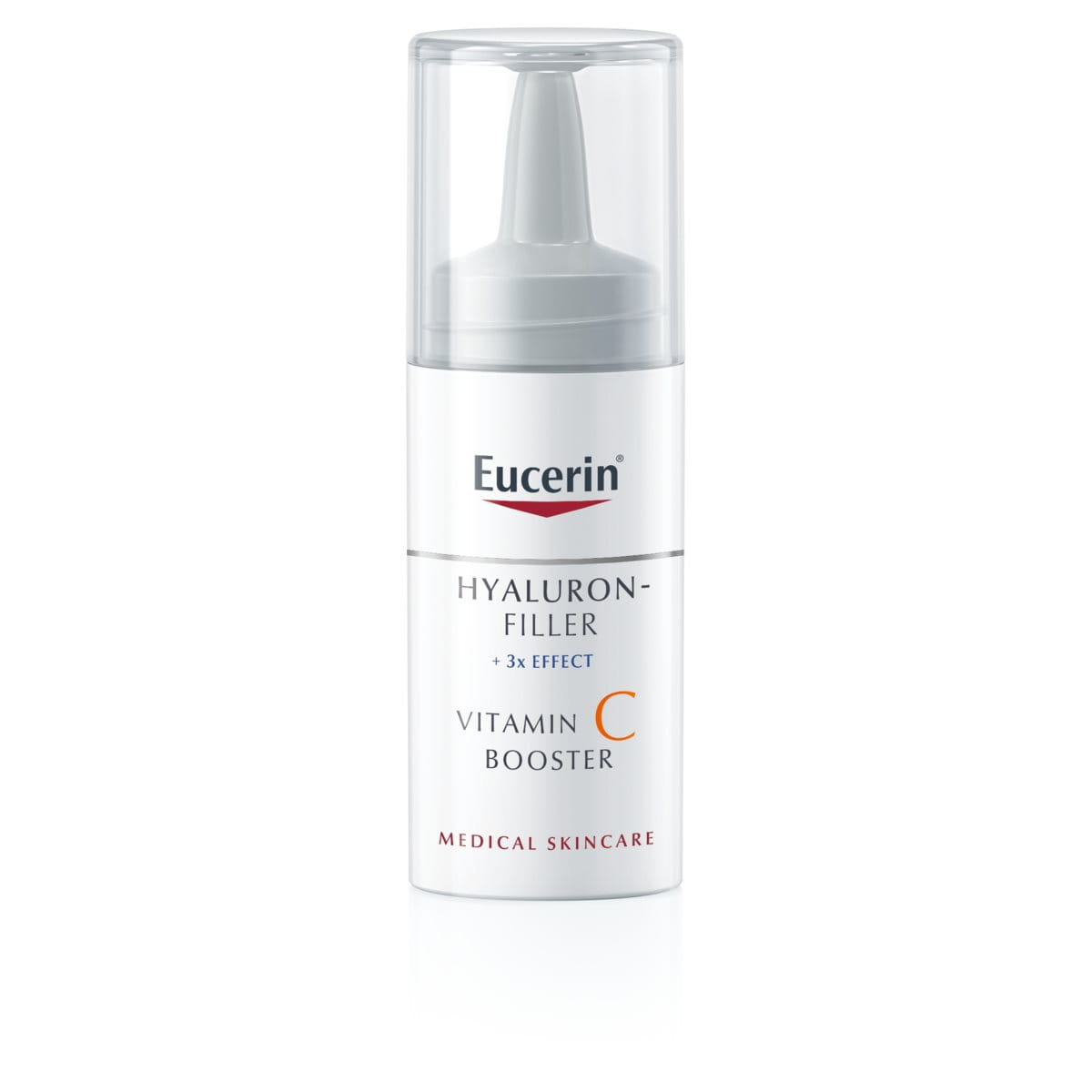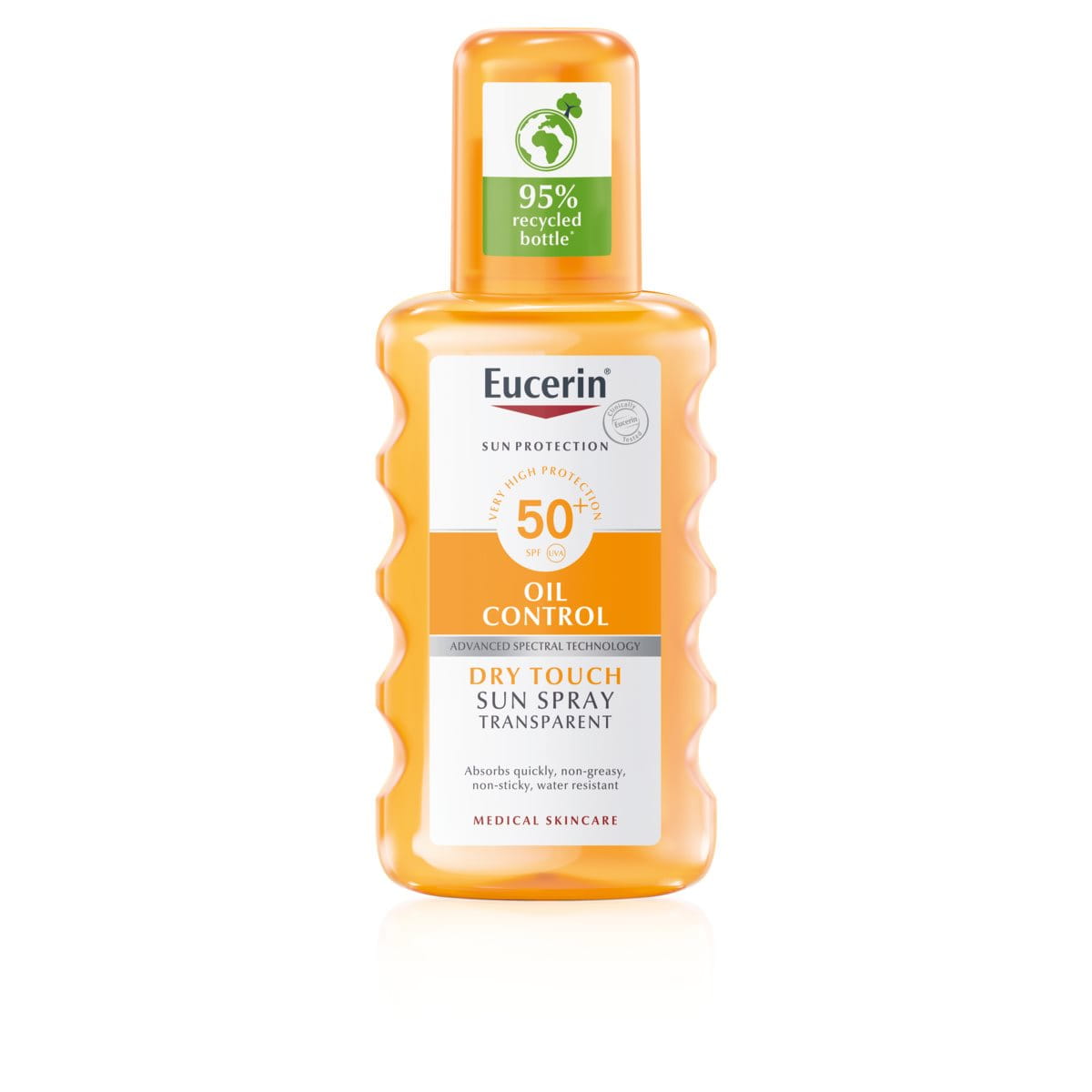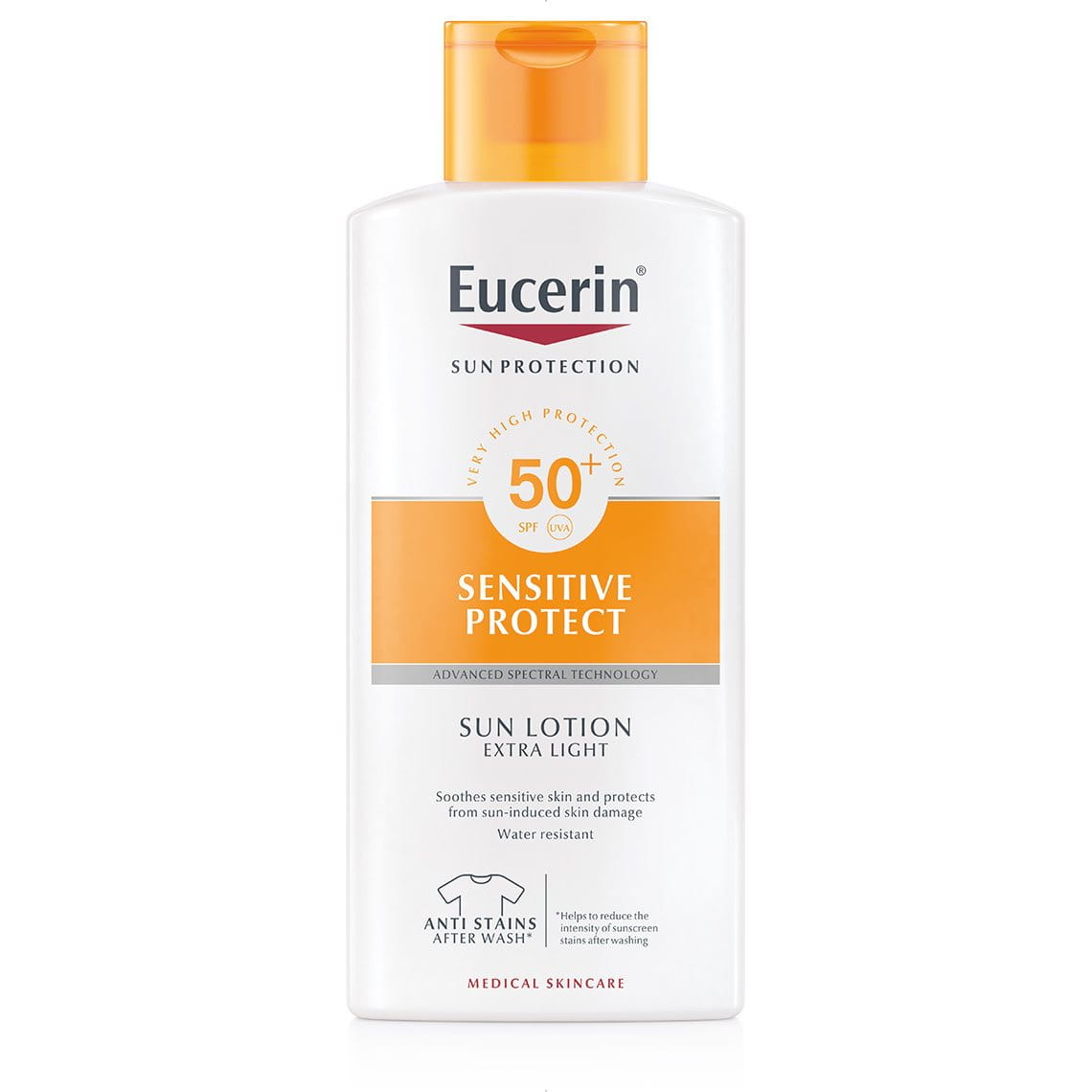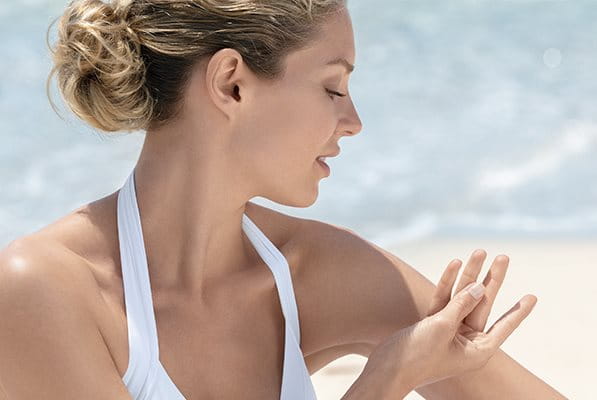We take responsibility. For your skin. And our planet.
Sustainability & Environment
Free of Microplastics (according to UNEP definition)
UV Filter system without Octocrylene
FAQ
How do I know which SPF to use on my child?
Your child’s skin will benefit from a high or very high protection sunscreen that has been specially formulated for their delicate young skin. Sunscreens are available in four different levels of protection: low (factor 6 to 10), medium (15 to 25), high (30 to 50) and very high (50+). The higher the protection factor the better skin is protected, and we recommend that you always apply high or very high protection sunscreens to young and delicate skin.
It is strongly advisable to keep young children out of direct sunlight, especially during its peak hours of intensity, and to use protective clothing. Apply sun protection thoroughly to any parts of the body that are exposed and reapply it generously every two hours. And remember that skin damage can occur even before sunburn is visible.
Why does children’s skin need special protection from the sun?
Children’s skin, like many of their organs, is still developing and so they are more sensitive to sunlight. Young skin is thinner than adult skin and its barrier function and self-protection mechanisms (especially melanin synthesis) are not fully developed. The surface area to volume ratio is also much higher in children’s skin.
Sun-induced skin damage incurred during childhood puts someone at a much higher risk of further skin damage in later life. You can read more in the effects of sun on children’s skin.
What is the difference between UVA and UVB rays?
UVA rays penetrate the deeper layers of skin. They stimulate the production of free radicals in the skin which cause oxidative stress and can lead to indirect DNA damage (where the free radicals modify cellular DNA over time).UVA rays are most commonly associated with photoaging (premature skin aging caused by the sun). They can also trigger sun allergies such as Polymorphous Light Eruption (PLE). UVB rays can also provoke allergies, but to a lesser degree.
UVB rays provide the energy your skin needs to make Vitamin D and stimulate the production of melanin which is responsible for tanning. They don’t travel as deeply as UVA rays, penetrating only the outermost layers of skin, but they cause more immediate damage such as sunburn. UVB rays are directly absorbed by cellular DNA which can lead to skin diseases such as actinic keratosis and skin cancer.
What is high-energy visible light and why does my skin need to be protected from it?
The sunlight spectrum consists of UV, visible and infrared light. Visible sunlight can be detected by the human eye, while the others remain invisible. Part of this visible spectrum has a high energy level and is known as high-energy visible light. It is also referred to as HEVIS light, HEV Light, HEVL and sometimes ‘blue light’ or ‘blue violet light’
Like UVA rays, HEVIS light penetrates the deeper layers of skin (the dermis) and can generate free radicals. These free radicals are one of the main causes of photoaging (premature skin aging caused by the sun).
Many modern sunscreens offer effective protection against UVA and UVB rays, but we recommend that you look out for products that also defend against the negative effects of HEVIS light. These products will give your child’s skin reliable protection from photoaging and, in the long run, reduce the risk of skin damage. You can read more in the effects of sun on children’s skin.
What is the ‘Anti-Stain After Wash`* technology and how does it work?
The Eucerin ‘Anti-Stain After Wash’ technology helps to reduce the intensity of sunscreen stains after washing.
The yellow stains that appear on clothes, especially cottons, after using sunscreen products are caused by UV light filters. The washing process can make these stains worse rather than remove them: the iron and copper ions in water, when combined with very hot water and bleaching agents, can actually bind-in and intensify the stains.
Eucerin’s ‘Anti-Stain After Wash’ technology works in two ways. Firstly, it contains an anti-redeposition agent that prevents so much of the filter from binding with the fabric in the first place. Secondly, it contains a complexing agent that binds with the ions in water so they are less able to intensify stains when fabrics are washed.
Read also some related articles
















